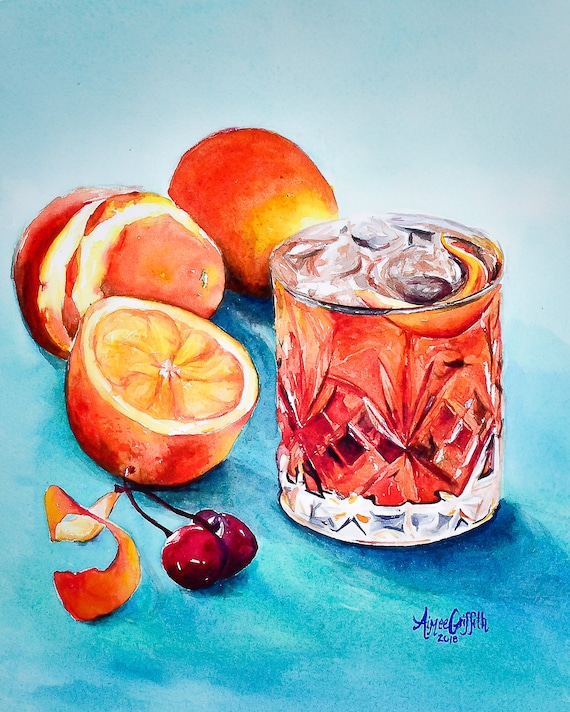The Value of Whiskey Art in Celebrating Heritage and Workmanship in the Beverage Industry
The intricate partnership between bourbon art and the event of heritage and workmanship within the drink industry can not be overemphasized. Through attentively developed tags and bottles, bourbon brands envelop their historical origins and the artisanal abilities that define their manufacturing approaches.
The Historical Origins of Whiskey
At the heart of bourbon's allure exists an abundant tapestry of historical origins that trace back to ancient human beings. The origins of scotch can be connected to the distillation techniques of the Sumerians and Babylonians around 2000 BCE, where early types of fermented grain drinks began to emerge. It was in the Center Ages that the art of purification evolved substantially, specifically in Ireland and Scotland, leading to the creation of scotch as we understand it today.
The term "bourbon" itself originates from the Gaelic word "uisce beatha," implying "water of life." This phrase emphasizes the social significance of whiskey in Celtic societies, where it was commonly related to rituals, celebrations, and common bonding. By the 15th century, distillation ended up being an identified craft within reclusive areas, paving the way for the establishment of legal distilleries.
As trade routes broadened, scotch's popularity grew, transcending regional limits and catching the rate of interest of lovers worldwide. Limited Edition. This historic trip shows not just the craftsmanship behind scotch production however likewise its essential function in cultural and social contexts, marking it as a significant drink throughout background
Artistic Expression in Branding
Bourbon branding stands as an engaging crossway of creativity and commerce, where visual identification plays a crucial role in forming customer understanding. The appearances of bourbon tags, packaging, and marketing materials mirror not just the brand's story yet likewise its core values and heritage. Through artistic expression, distilleries share a narrative that resonates with customers, stimulating emotions and sparking links.
Using shade, typography, and imagery in branding offers to distinguish items in a saturated market. For instance, traditional concepts may stimulate a sense of authenticity and workmanship, while contemporary designs can symbolize technology and forward-thinking. This critical artistic direction boosts brand acknowledgment and commitment, allowing customers to build a personal connection with the whiskey they select.
In addition, artistic expression in branding commonly works as a celebration of local heritage. Distilleries regularly incorporate regional icons or historic references into their styles, developing a sense of location that welcomes customers to partake in a wider social experience. Inevitably, the virtuosity behind whiskey branding not only improves aesthetic allure yet also enriches the general narrative of the brand name, cultivating a much deeper appreciation for the craftsmanship and heritage embedded in each bottle.
Craftsmanship in Bottle Style
The creativity obvious in bourbon branding expands past aesthetic identification to incorporate the workmanship involved in bottle design. Each bottle works as a vessel not simply for the spirit within, but also for the tale it outlines its beginning, top quality, and practice. The layout procedure calls for careful interest to detail, as elements such as form, closure, and material add dramatically to the general understanding of the scotch.
Craftsmanship in container style includes choosing top quality glass that can enhance the bourbon's shade and quality, while additionally providing a tactile experience for the customer. The silhouette of the bottle must be both useful and visually appealing, frequently reflecting the heritage of the brand name. Numerous distilleries go with one-of-a-kind shapes or printed logos that stimulate a feeling of authenticity and background.
Furthermore, the tag style and typography play an essential duty in interacting the brand name's narrative. Realism Art. A well-crafted bottle not just mesmerizes the customer's eye however also strengthens the brand's commitment to quality and custom. By doing this, the workmanship of bottle layout becomes a vital facet of the scotch experience, merging artistry with an he said extensive respect for heritage
Social Importance of Whiskey Art
Commemorating tradition and craftsmanship, the social significance of scotch art goes beyond mere aesthetics, intertwining with the social and historic narratives of the areas where it originates. Each bottle functions as a canvas, depicting the distinct tales, mythology, and traditions that have formed neighborhood whiskey-making practices. The elaborate styles often reflect the heritage of the distillers, integrating icons and concepts that resonate with the culture and values of their neighborhoods.

Furthermore, whiskey art plays a crucial duty in common celebrations and celebrations, functioning as a substantial link in between individuals and their shared experiences. By appreciating the creativity in bourbon packaging, consumers grow a much deeper understanding and respect for the craft, eventually improving their enjoyment of the beverage itself.
Modern Trends in Bourbon Presentation
Over the last few years, the presentation of bourbon has actually developed to show modern preferences and trends while still honoring standard workmanship - Bourbon Art. Distilleries are progressively concentrating on visual components that enhance the overall drinking experience, connecting the void in between heritage and modernity
Innovative bottle designs have emerged, typically including lasting products and imaginative labels that tell compelling stories. Numerous brands now work together with regional artists, infusing their products with special visual expressions that resonate with consumers. Furthermore, limited-edition releases are typically packaged in collectible containers, including value and charm for lovers.

Conclusion
In verdict, whiskey art offers as a vital conduit for revealing the heritage and craftsmanship integral in important source the beverage industry. Via elaborate branding, ingenious container designs, and culturally considerable artistic components, scotch brands successfully recognize their practices and link with customers.


Craftsmanship in bottle design entails choosing high-quality glass that can boost the whiskey's shade and clarity, while additionally offering a tactile experience for the consumer. In this method, the workmanship of container layout ends up being an essential aspect of the whiskey experience, merging artistry with a profound regard for heritage.
In final thought, whiskey art serves as an essential conduit for revealing the heritage and workmanship fundamental in the beverage industry.